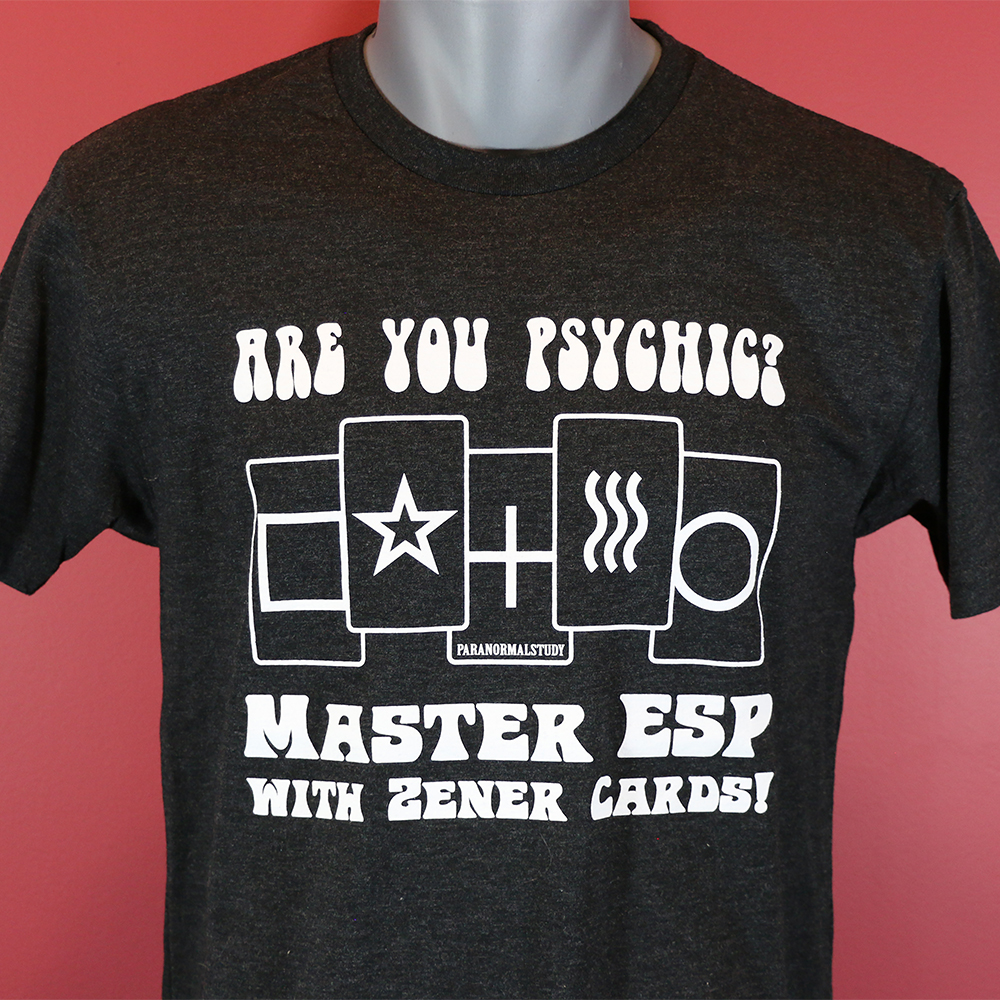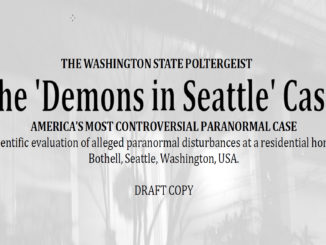
We were sent this document written by Andrés Ramos-Jiménez for publication. The Treatise on the Phenomenon of Spirit Voice Manifestations in Noise was initially intended to be published on another site first, but it was rejected as the conclusions of this paper did not align with the philosophy of that site’s owners.
At Paranormal Study, we endeavor to bring you resources which are well thought out and arrive at novel conclusions that are authored in books, articles or research papers.
We believe that the individual reader should make the decision as to whether or not the information presented is of any value to their individual research. When trying to understand the magnitude of instrumental transcommunication, the more ideas that are made present, the higher the chances of an individual researcher having that “A-Ha!” moment later down the road. Ideas do not occur in vacuum, rather they are fostered through reading and experience.
We hope that reading this paper will give some researcher an idea or two and ITC research will be better off for it in the future.
Content Summary
Andrés Ramos-Jiménez first presents us with a severely truncated history of EVP and ITC but clearly lays out that the informing the reader on the history of ITC is not the goal of the paper. Rather, the purpose of the paper is to inform the reader that spirit communication is fostered by the use of noise. This is not a new concept; noise has been an integral part of ITC since the first methodologies for recording EVP were penned.
On the concept of noise, the author writes that:
Generally the impact of spiritual energy on noise signals is low. There are some cases where direct radio voices appeared in a ITC session that could be deciphered directly, but the norm is that a spirit signal is so weak that it literally has to be “dug out” of the noise. To achieve this goal different means like filtering, denoising or even machine learning can be applied.
This is an interesting point that runs parallel to the idea of Class A EVP or even Breakthrough Ghost Box Reception. While these types of communication are certainly clear and quite audible, they are much rarer than communications that are certainly not as clear upon reception. More importantly, the author recognizes the point that meaningful communication is important and that others are capable or hearing what the author heard. With this in mind, Andrés Ramos-Jiménez acknowledges that noise reduction processing in software can create false-positives that sound like human speech.
The author then lays out the methodology for utilizing both white and pink noise through a germanium diode disc. In a later section, an experiment putting several germanium diodes in parallel also yielded results. The author explains the sound wave diagrams and provides EVP’s of communication garnered from such experimentation. The author then mentions experimentation using noise through a radio receiver, coherers with metal filings, plants, neon bulbs, and the overlaying of pink noise with processing through computer software. With every method, the author supplies evidence as to what they consider as EVP recorded.

T-Shirts, Mugs and More!
We now have t-shirts, tarot decks, ESP cards, coffee mugs, face masks, and much more merchandise available for purchase. Every dollar spent helps fund Paranormal Study!
Andrés Ramos-Jiménez also touches upon novel machine learning in ITC. Through machine learning, an audio stream is interpreted and output in intelligible language by a computer using a custom algorithm. The research involves the machine filling in missing audio with machine interpretation in order to make a concrete communication that is fluid. The author acknowledges a large caveat with machine learning:
There is one downside and that is that the original signal is completely opaque to the experimentator. He or she is not able to check if the guessing of the algorithm is always reasonable…We have to take into account that the whole process of perception, and this includes also the devices we use, is colored by a lot of parameters we are not aware of. That does not necessarily mean we are getting wrong messages (i.e. pareidolia) if parameters are changed but we might get different messages. The devices we use, the way we do our settings on them, the environmental conditions and our own psychic status are influencing the whole process of “tuning” that specifies which signals we get and which not.
Through the above research, the author posits four hypotheses:
- Hypothesis regarding electronic noise: Every source of noise that is generated electronically is prone to spiritual voice manifestations principally. While the spectral configuration plays a role in terms of signal intelligibility, the phenomenon itself is not depending on a special spectral configuration.
- Hypothesis regarding signal enhancement due to parallel working noise sources: Simultaneously running semiconductor components as noise sources may improve the signal to noise ratio up to a certain degree. Endless increasing of the number of noise sources does not improve the signal to noise ratio by the same factor.
- Hypothesis regarding non deterministic noise: Noise that is non deterministic but computed by some computer algorithm that outputs pseudo random numbers, can be influenced in the same way by spirits as with non-deterministic noise. The result is improved when the signal is subjected to repeated transformation processes.
- Hypothesis regarding the experimenter as part of the experiment: The impact of spiritual energies on the physical reality is strongly influenced by the ITC-experimenters beliefs, fears and moods. from this point of view the experimenter is inseparably linked to his experiment.
Andrés Ramos-Jiménez goes deeper into relaying what he has noted throughout his research into ITC. The paper digs into several topics and for this reason, we highly recommend reading it if ITC is of any interest to you paranormal studies.
You can download the paper by clicking here or you can read this, along with several other books, papers and articles on our site’s Library page.
If you found the content in this article to be of any value to your paranormal studies, please let us know in the comments below. Feel free to share this article with your friends as well because if you found it interesting, they might too.
Do You Want To Know More?
Our content creators also have podcasts that go much deeper into paranormal topics.
Tim Woolworth’s Walk in the Shadows, an episodic masterclass that consists of a deep dive into all things Fortean, paranormal and supernatural.
Rick Hale teams up with Stephen Lancaster in The Shadow Initiative where they explore various paranormal topics and discuss current paranormal news.
Please check these shows out and visit Paranormal Study social media to keep up to date on articles and all the things our authors are doing.




Be the first to comment